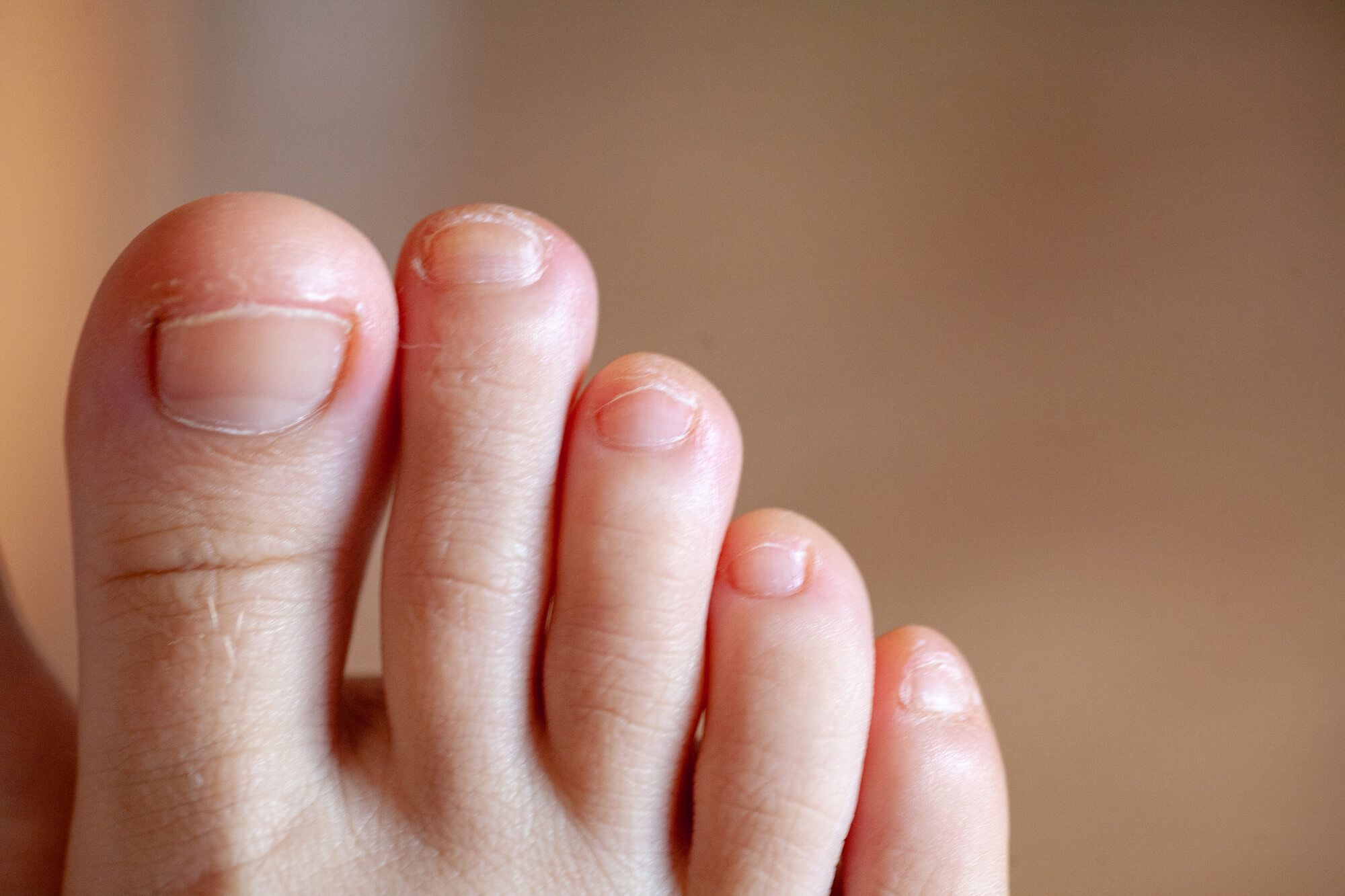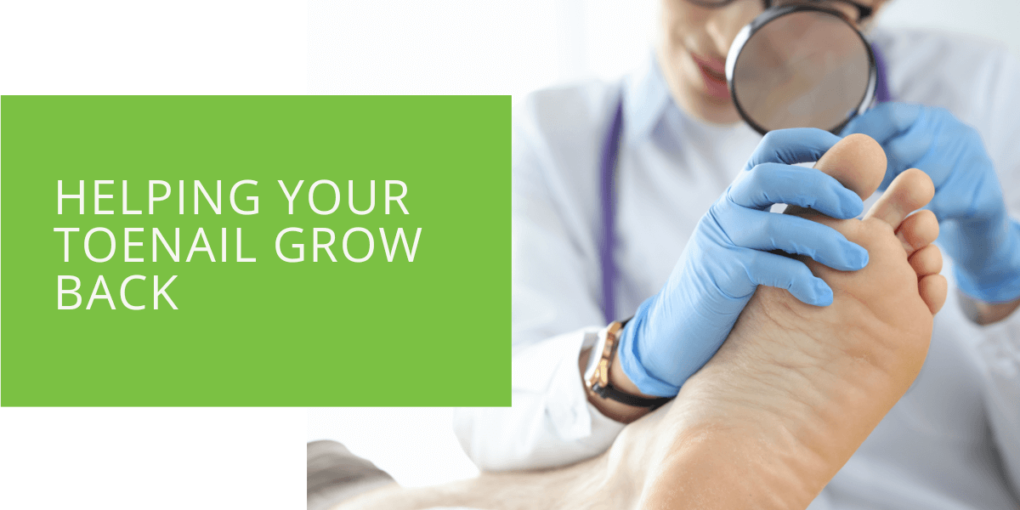Helping Your Toenail Grow Back
Losing a toenail can be a distressing experience due to injury, trauma, or infection. However, the good news is that toenails can grow back under the right conditions. In this guide, we'll delve into the intricacies of toenail regrowth, exploring the factors influencing regrowth, timelines, and expert tips for promoting healthy nail growth.
Key Takeaways
- Correctly understanding toenail growth and factors influencing regrowth is essential for promoting healthy nail growth after toenail loss.
- Patience is crucial during the toenail regrowth process, as nails grow slowly and gradually.
- Seeking professional help from a podiatrist for persistent toenail issues, such as ingrown or fungal infections, is essential for proper treatment and prevention of future problems.
Understanding Toenail Growth
How Toenails Grow
To understand how toenails grow back, it's essential to grasp the anatomy of a toenail. The toenail grows from the nail bed, a specialized structure located beneath the skin at the base of the nail. The nail bed contains blood vessels and nerves that supply nutrients and sensation to the growing nail.
The nail bed is crucial for the growth and health of the toenail. It acts as a foundation, providing nutrients and moisture essential for nail growth. Additionally, the nail bed plays a role in the sensation, allowing us to feel pressure and touch on our toes.
The growth cycle of a toenail consists of three phases: the growth phase (anagen), the transition phase (catagen), and the resting phase (telogen). During the growth phase, cells in the nail matrix, located at the base of the nail, rapidly divide, pushing the nail forward. As the nail grows, it becomes visible beyond the tip of the toe.
Factors Affecting Toenail Growth
Various factors can influence toenail growth and regrowth. Common causes of toenail loss include traumatic injuries, such as stubbing or crushing the toe, fungal nail infections, and ingrown toenails. These conditions can damage the nail matrix or disrupt the nail bed, affecting the ability of the toenail to grow back properly.
Traumatic injuries, such as dropping a heavy object on the toe or repetitive trauma from ill-fitting shoes, can lead to toenail loss. Fungal nail infections, caused by fungi entering the nail bed, can also impair toenail growth by weakening the nail's structure. Similarly, ingrown toenails, where the nail grows into the surrounding skin, can result in inflammation and hinder regrowth.
Timeline for Toenail Regrowth
How Long Does It Take for a Toenail to Grow Back?
The timeline for toenail regrowth can vary depending on several factors, including the extent of the injury or damage to the nail bed, overall health, and age. On average, a toenail may take several months to grow back fully. However, in some cases, it can take up to 18 months for a new nail to replace the lost one.
The duration of toenail regrowth varies from person to person and depends on the specific circumstances of the injury or condition. Factors such as blood circulation, nutritional status, and underlying health conditions can influence the speed of toenail regrowth. Additionally, older individuals may experience slower nail growth than younger individuals due to changes in metabolism and circulation.

Promoting Faster Toenail Regrowth
Tips to Encourage Toenail Growth
While toenails may grow back naturally over time, there are several steps you can take to promote faster and healthier regrowth:
- Proper Nail Care Practices: Keep your toenails clean and trimmed to prevent infection and promote healthy nail growth.
- Nutritional Support for Nail Health: Incorporate nutrients like biotin, vitamin E, and protein into your diet to support nail growth and strength.
- Avoiding Damaging Habits: Refrain from picking at or pulling on your toenails, damaging the nail bed, and hindering regrowth.
Proper nail care is essential for promoting optimal toenail regrowth. Trimming the toenails straight across and avoiding cutting them too short can help prevent ingrown toenails and promote healthy growth. Maintaining good hygiene by keeping the feet clean and dry can prevent fungal infections, which can impede toenail regrowth.
Importance of Patience in the Regrowth Process
Being patient during the toenail regrowth process is essential, as nails grow slowly and gradually. Trying to rush the process or applying harsh chemicals, such as nail polish or acrylics, can impede regrowth and increase the risk of infection.
Toenail regrowth is a gradual process that requires time and patience. Rushing the process or attempting to speed up toenail growth with aggressive treatments can do more harm than good. Allowing the nail to grow back naturally is essential, providing the necessary nutrients and care to ensure healthy regrowth.
Addressing Complications and Concerns
Dealing with Toenail Troubles
If you experience persistent issues with toenail regrowth, such as ingrown toenails or fungal nail infections, it's crucial to seek professional help from a podiatrist. They can assess the condition of your toenails, provide appropriate treatment, and offer advice on preventive measures to avoid future nail loss.
Ingrown toenails occur when the edge of the toenail grows into the surrounding skin, leading to pain, swelling, and infection. If left untreated, ingrown toenails can worsen and require medical intervention. Similarly, fungal nail infections can cause thickening, discoloration, and brittleness of the toenail, affecting its appearance and integrity.
Nail Care After Regrowth
Maintaining Healthy Toenails Post-Regrowth
Once your toenail has fully grown, practice good nail care habits to maintain health and prevent further issues. This includes keeping your toenails clean and dry, wearing proper footwear to prevent injury, and avoiding prolonged exposure to moisture.
After toenail regrowth, you must continue caring for your nails to prevent future problems. Trimming the nails regularly, moisturizing the surrounding skin, and wearing properly fitting shoes can help maintain nail health and prevent ingrown toenails and fungal infections.
Conclusion
Losing a toenail can be a challenging experience, but with patience and proper care, it's possible to encourage healthy regrowth. At ePodiatrists, we understand the importance of supporting your toenails' natural healing process and promoting optimal nail health. If you're experiencing difficulties with toenail regrowth or have concerns about your nail health, don't hesitate to schedule an appointment with our experienced podiatrists. We're here to provide personalized care and guidance to help you achieve healthy, happy feet.

